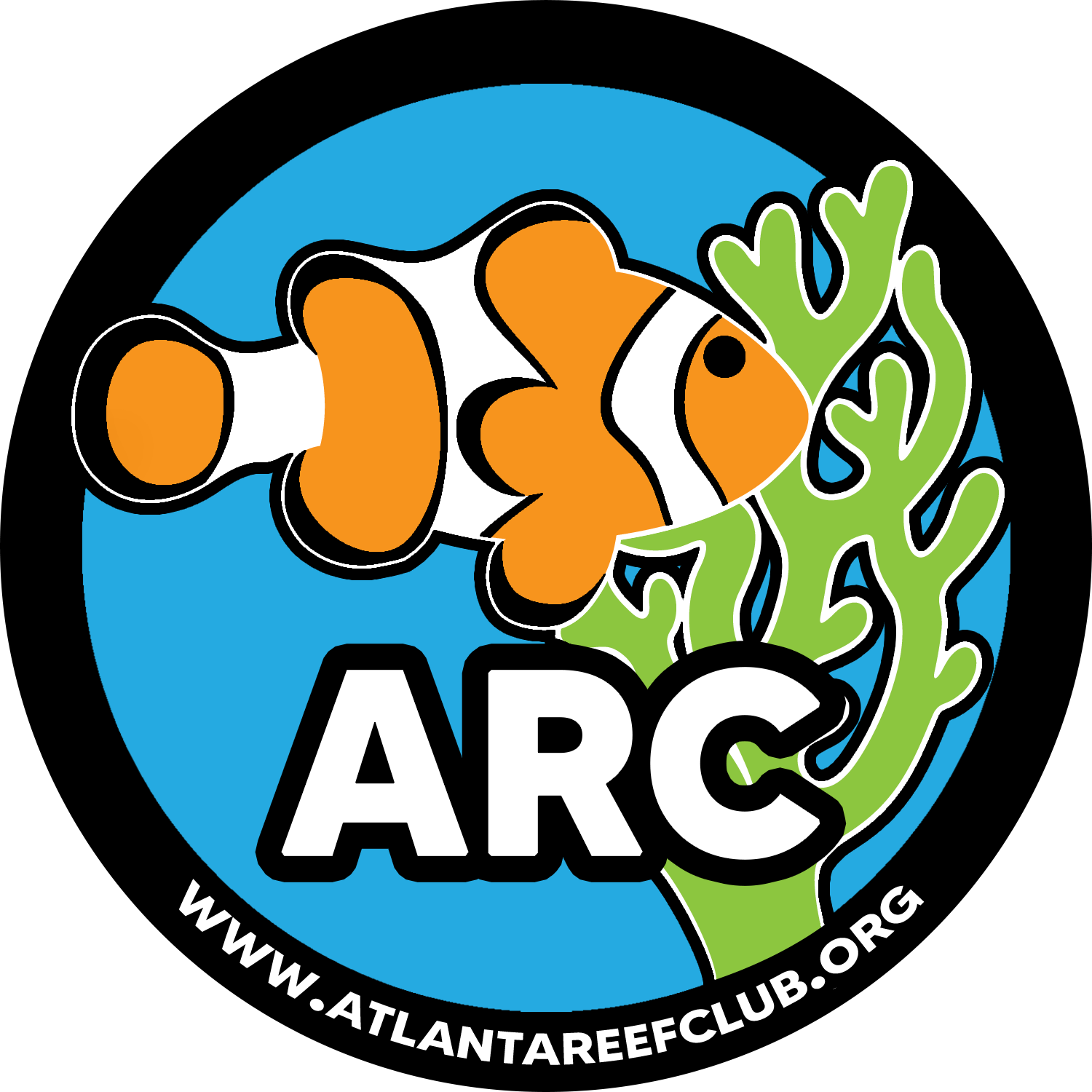skriz
Well-Known Member
- Messages
- 4,192
- Reaction score
- 142
UNless I missed it, he doesn't sample the tank water (control) in the same manner as he does the skimmate. If he did, he would have an anlysis of how much organic material is in the water colum of the aquarium.
The skimmate contained 318 mg of water-soluble organics and approximately 2.12 gms of water-insoluble organics. How many mg and gms of each existed in the water column to begin with? If 318 and 2.12 respectively, then the skimmer pulled out 100%! If a sample volume of tank water (same sample size as the skimmate) yielded the exact same analysis as the skimmate, then the skimmer simply pulled out a "cup" of tank water.
If you know how much was in the tank and then how much was removed by his skimmer, then you can take that information to calculate how many water changes and of what size would you have to do to acheive the same results as the skimmer. At that point you can determine which is a more cost efficient way to proceed.
IMO, I'd rather have a skimmer running constantly..even if it's a seaclone
The skimmate contained 318 mg of water-soluble organics and approximately 2.12 gms of water-insoluble organics. How many mg and gms of each existed in the water column to begin with? If 318 and 2.12 respectively, then the skimmer pulled out 100%! If a sample volume of tank water (same sample size as the skimmate) yielded the exact same analysis as the skimmate, then the skimmer simply pulled out a "cup" of tank water.
If you know how much was in the tank and then how much was removed by his skimmer, then you can take that information to calculate how many water changes and of what size would you have to do to acheive the same results as the skimmer. At that point you can determine which is a more cost efficient way to proceed.
IMO, I'd rather have a skimmer running constantly..even if it's a seaclone
